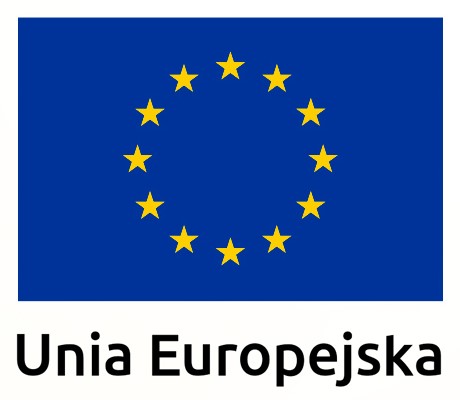What is flexible packaging - applications and advantages of flexible packaging

What group do foils from sweet or salty snacks like chips belong to? Boxes of breakfast cereals, instant meals or candy bar papers are all so-called flexible or otherwise flexible packaging. If you're a food manufacturer, for example, you're probably wondering which ones to choose. Read our article and you will find out what are the most important advantages and applications of this type of assortment. You'll learn about the techniques of printing on such surfaces and check which ones display features such as durability or resistance to external factors. Keep reading to know more!
What is flexible packaging?
As you can easily suppose, such products are characterized by flexibility. They are usually made of special plastics, so you can give them the desired form. You only need to look at flexible materials for wrapping articles before transport to understand what flexible packaging is. They provide protection from external factors, are easy to seal, lightweight and functional. Such products can be divided into primary and secondary. The first are in direct contact with the protected content, while the second protect several (or more in number) units of given articles.
Among the typical materials used to create flexible packaging are paper and film. There are also laminates, or combinations of both materials. Today, products in this category have more than one task to perform. In addition to protecting the contents, they act as a barrier against unfavorable external factors such as moisture, low or high temperatures, etc. In addition, they allow quick identification of the product and describe its components. In other words, they play the role of information carrier - and often advertising.
Key advantages of flexible packaging
Nowadays, products of this kind are not just for protecting a product from spills, spills or damage. Traders use them for advertising. They make efforts to encourage the purchase of foodstuffs, cosmetics, etc. with their help. The current use of flexible packaging is largely to attract the attention of buyers. They are also designed to strengthen the brand and confirm the quality of the article in the eyes of potential customers. For producers, an important advantage is the lower cost of production and greater capacity than in rigid counterparts.
The modern products in this sector are distinguished by numerous advantages. The most important advantages of flexible packaging are protection of contents, durability, compact size and attractive appearance. A skillfully designed product is used for more than just storing and carrying the goods inside. It informs the potential buyer about what to expect inside and encourages him to choose this particular item. For marketing efforts to be successful, the box, wrap and other such items must both be durable and have an original design.
Why should you choose flexible packaging?
Nowadays, the large majority of packaging, regardless of the purpose of its contents, serves as a carrier of information. These can be chemicals, cosmetics, pharmaceuticals or food products. No matter what category the products belong to, they usually have some kind of overprint. Its content provides potential buyers with data about the composition and quality of the product. It is not only the durability of flexible packaging that matters, but also the informational character and advertising function. It largely determines whether the customer will choose this particular article or reach for a competitor's proposal.
What are the printing techniques for flexible packaging?
Among the methods available on the market, there are several solutions that are most commonly used when working with this type of product. The main dominant printing techniques for flexible packaging are so-called gravure printing and flexographic printing. The first option was for a long time considered the best, and its main advantages included high print quality. Today, flexography is among equal alternatives. And in addition, it has an unquestionable advantage over gravure printing - with its use you can print small, medium and large print runs.
This type of printing is becoming increasingly common in many sectors, including the food industry. Its main advantages are excellent quality and reasonable prices. Such flexible packaging printing uses flexible printing plates and fast-drying liquid inks. In addition to this option and gravure printing, printers also use hybrid technologies. Printing cylinders in offset machines then have additional flexographic elements.
Where can you order flexible packaging?
Products from this group can be obtained today from many places. For those willing to order a specific batch, they can choose aesthetically designed flexible packaging from either a small company or a large enterprise. We encourage you to use the services of our brand, as we have experience in printing various types of products. We use modern techniques, matching them to the material. If the customer is lacking in knowledge of the methods used during printing, we can make him familiar with the advantages of each solution. Also check out other posts dedicated to the printing company's activities.
back








